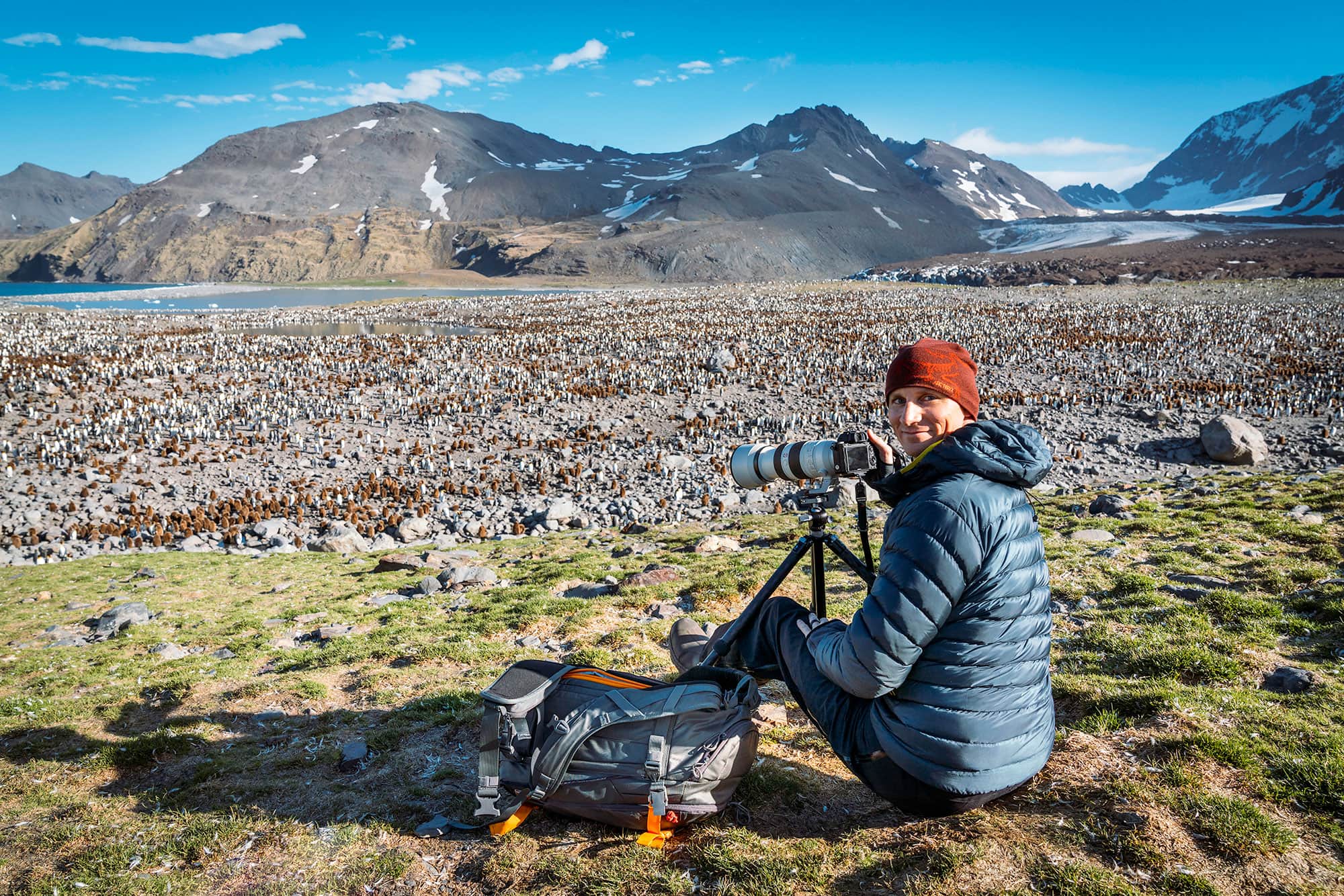Aytyapi Insights
Exploring the latest trends and updates in technology and lifestyle.
Capture the World: Snapshots That Speak Volumes
Explore breathtaking snapshots that tell powerful stories. Discover how to capture the world and unleash the magic of photography!
The Art of Visual Storytelling: How Photographs Convey Emotion
The Art of Visual Storytelling is an intricate craft that goes beyond mere aesthetics; it is about connecting with the viewer on an emotional level. Photographs have the unique ability to capture moments in time, conveying feelings that words sometimes fail to express. Through composition, lighting, and subject matter, a photographer can evoke a range of emotions, from joy and serenity to sadness and nostalgia. For instance, a vibrant sunset might inspire feelings of hope, while a black-and-white image of an elderly person can resonate with themes of loss and reflection.
Moreover, effective visual storytelling often employs symbolism and contrast to deepen emotional impact. Elements such as color palettes, facial expressions, and the surrounding environment play crucial roles in setting the mood of a photograph. By skillfully combining these elements, a photograph can tell a story that lingers in the viewer's mind long after they’ve seen it. In essence, mastering the art of visual storytelling is about understanding how to merge technique with emotion, allowing each image to communicate a profound message that connects us to our shared human experience.

Capturing Moments: Tips for Taking Meaningful Travel Photos
Taking meaningful travel photos is all about capturing the essence of your journey. To elevate your photography game, always remember to plan your shots. Before traveling, research the locations you plan to visit. Consider the best times for natural lighting; golden hour—shortly after sunrise or before sunset—can enhance your images dramatically. Additionally, incorporating elements like local culture, unique architecture, or natural landscapes can add depth to your photos, making them more than just snapshots but rather a representation of your experiences.
When composing your shots, utilize the rule of thirds to create dynamic images that draw the viewer's eye. Imagine your frame divided into a three-by-three grid and position your subject along these lines or at their intersections. Furthermore, don't hesitate to get creative with angles and perspectives; sometimes a simple change in viewpoint can transform an ordinary photo into something extraordinary. Remember, taking meaningful travel photos isn't just about technical skill—it's about telling a story and sharing your unique experiences with others.
How to Choose the Perfect Subject: Finding Stories in Everyday Life
Choosing the perfect subject for your storytelling can often be the most challenging part of the writing process. The key to finding stories in everyday life lies in your ability to observe and reflect. Start by paying attention to the mundane details around you; a simple conversation at a coffee shop or a walk through your neighborhood can inspire powerful narratives. Make a habit of jotting down interesting interactions, profound thoughts, or even quirky events that catch your eye. Over time, you will cultivate a treasure trove of ideas that can blossom into captivating subjects.
Another effective strategy to uncover captivating stories is to engage with your own experiences and emotions. Everyday life is filled with moments that resonate on a personal level, and these moments are often the most relatable for your audience. Consider making a list of significant life events, such as challenges you have faced or lessons you have learned. You might also find inspiration in shared human experiences, such as love, loss, or personal growth. By tapping into your own story, you can create a compelling subject that truly connects with readers.